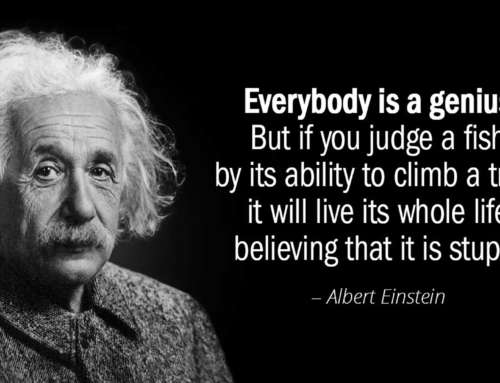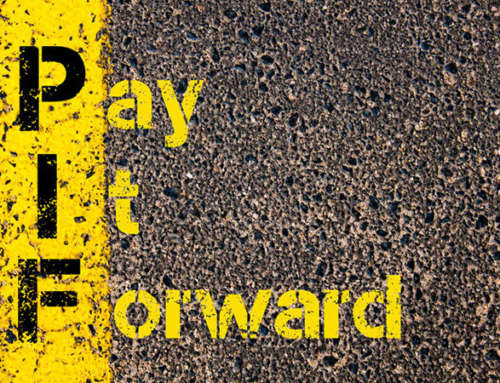
Many call this being negative. And it’s not in-line with being present, mindful, or practicing gratitude. But it could be in-line with avoiding complacency and not missing opportunities.
After World War Two, an American Professor was sent to Japan to help with their rebuild, W. Edwards Deming. The goal was constant and never-ending improvement. One manufacturing business was so good at it, they gave their name to it – Toyotanism. Deming’s process was; find faults, analyse faults, fix faults, and repeat. Never rest on your laurels. The quality control process was rigid. Without looking for faults, you can never do any better. With this as its heart, Japan became a manufacturing super power.
Where do you start looking at your business? How do you break your business down into its constituent pieces to test quality and find potential for improvement? For many, our businesses grow organically – no underlying plan other than to start and keep going. As we are forced to make changes, we find solutions. This results in an incremental modelwhereby the structure of the business fundamentally stays the same but we constantly make tweaks.
With coronavirus forcing us to go inside, online, and virtual, we have found some of our businesses aren’t viable under these conditions. We consider how the environment we operated in may have changed, or we have changed, yet our business model has not. What if the answer was not a tweak, but an entire dismantling? Creative destruction is about taking everything apart before putting it back together again, often quite a bit different. To do this, we need to understand the underpinning business concepts. Fortunately, we do not need to read texts to understand these.
In 2008, Alexander Osterwalder created the Business Model Canvas (free downloads available online). While the language may sound academic, the ideas are simple and can be illuminating. Primarily it is a plan for starting a new business, but it is equally applicable to an existing business – many business coaches may use this in some form. When each question is considered, think about how you would have answered it, how you may nowanswer it, and perhaps review a day, a week, or a month later as it incubates in your mind. The aim is not only to understand how you did work, or will work, but how you could work.
This is the best opportunity you may have to stop working in your business and work onyour business – don’t waste it. It will be challenging, it will be hard, but it will change you as well as your business. Sometimes incremental works, tweaks are enough. Sometimes it’s time for creative destruction and that time may be now.







Leave A Comment